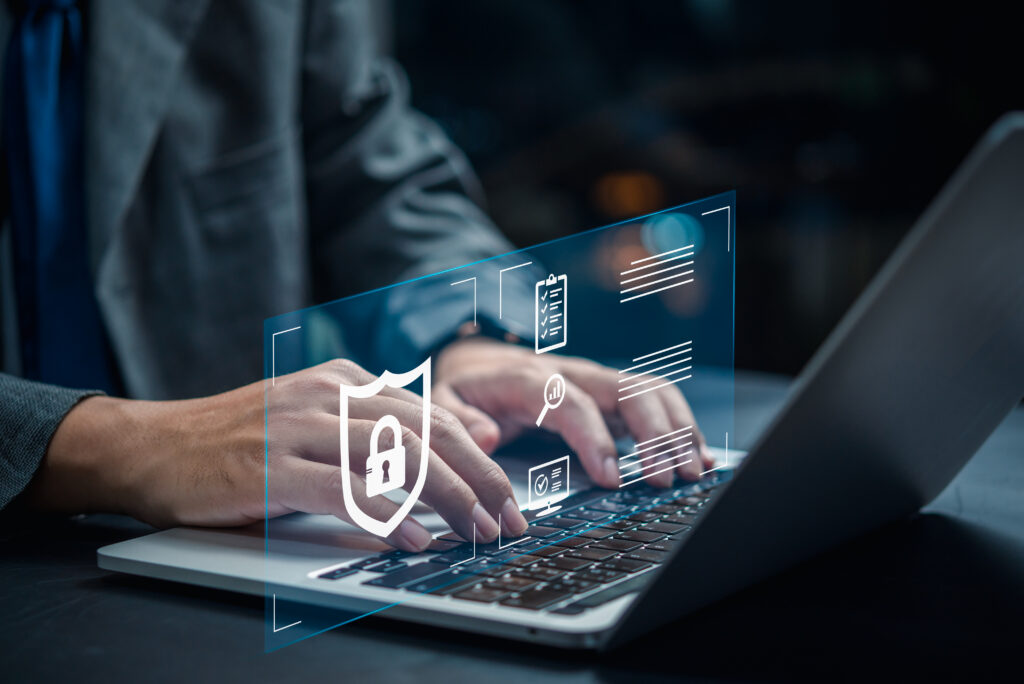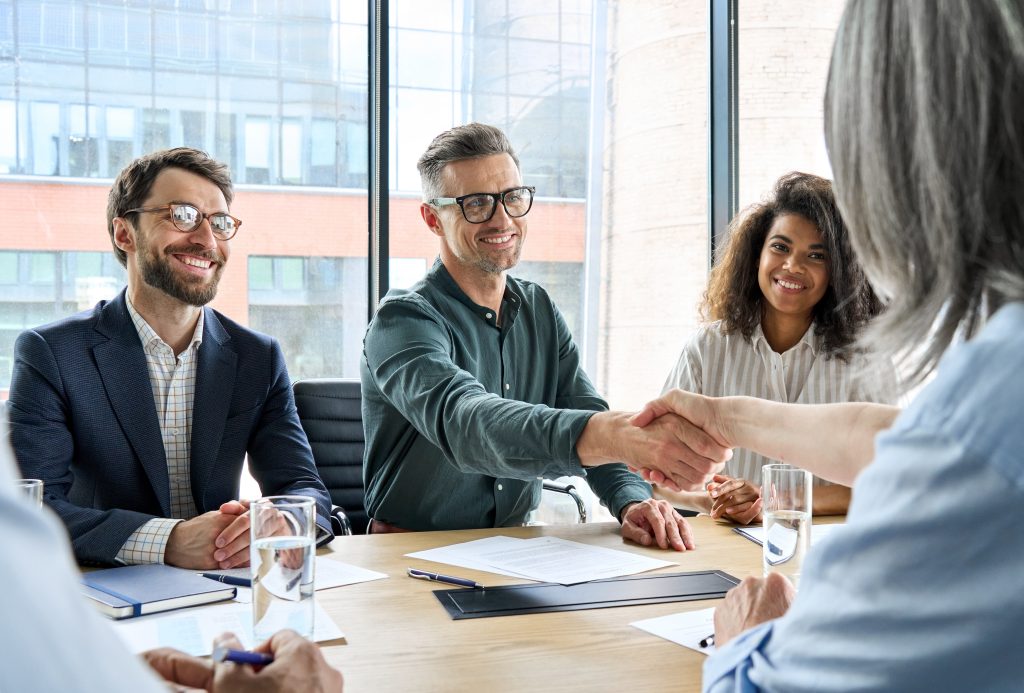Owning a Small Plane Comes With Financial Costs
Obtaining a pilot’s license is the first thing you must do to properly fly that new small plane. However, that is not the only expense involved in using and maintaining your plane. Besides the cost of purchasing the plane and taking the coursework, here are other common expenses.
Maintenance
Maintenance is crucial to extending the life of your investment. However, planes are more than just large wings and a cockpit. Aircraft hardware kits are just as important as they help you with those small bits that often have a huge impact on the flight and care of the plane. These kits come with their own costs depending on what you need to care for. Scheduled maintenance happens based on hours of use rather than miles flown. Complete scheduled maintenance as necessary to catch any repairs before they become larger and cost more money.
Fuel
No plane flies without fuel and oil. About every 50 hours, an oil change is necessary for small planes. Expect to pay more for aviation fuel than for the gas you put in your vehicle. While this may mean you spend a little less time to fly, you can budget for how much fuel you need ahead of your next flight.
Storage
You need a place to store your plane. Most people don’t have a hangar in their backyard, so they must find a hangar to rent space for their plane. While outside storage is a cheaper option in some cases, it leaves your plane exposed to the elements. Typically, you need to look for an urban or rural hangar to store your plane when not in use as there are few residential locations available.
Insurance
Just like your vehicle, you need to properly insure your plane. After all, aircraft of any size is not a cheap investment. Insurance helps you protect that investment in the event of theft, vandalism and crashes. Not only that, but if you have passengers on the plane, it can give them peace of mind in case something happens.






